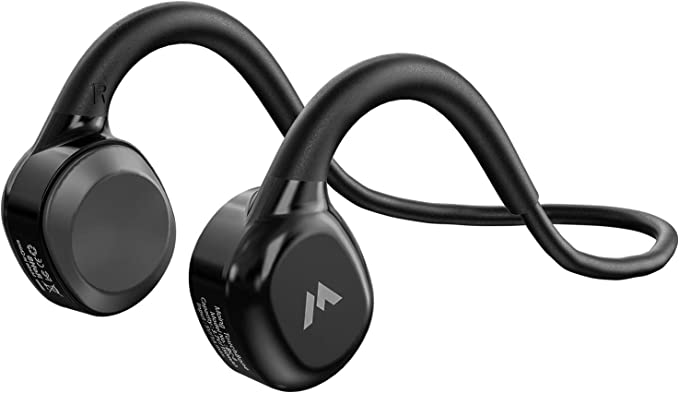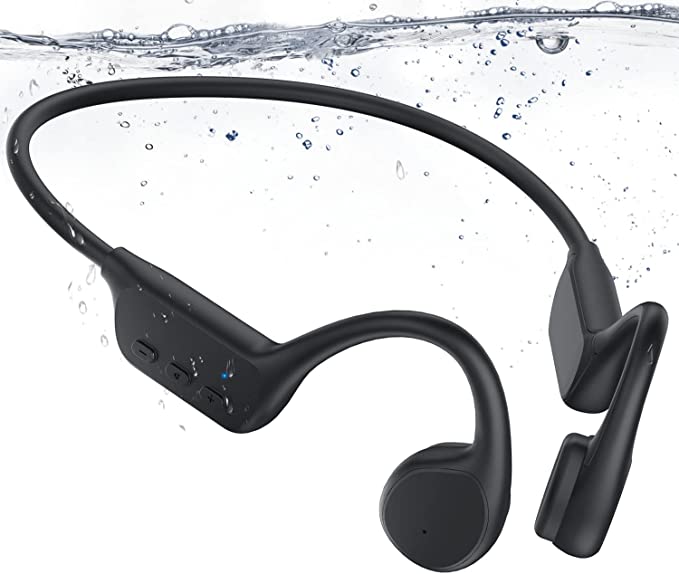More Than Just Width: The Unseen Physics of a Stable Fishing Kayak
Update on Oct. 19, 2025, 12:57 p.m.
There is a moment of truth for every kayak angler, a question that separates casual paddling from serious fishing: “Do I dare to stand up?” On some kayaks, the mere thought is absurd, inviting an inevitable, chilly plunge. On others, like the generously proportioned Old Town Sportsman AutoPilot 120, standing feels not just possible, but natural. We often attribute this feeling of security to a single, simple metric: width. And while that’s part of the story, it’s like judging a symphony by its loudest drum. True stability is a complex and elegant dance of physics, a harmony between the boat’s design, the water it sits on, and you—the angler. Understanding this dance doesn’t just make you a smarter buyer; it makes you a better, safer boater.

Two Kinds of Stability: Feeling Secure vs. Resisting a Flip
First, we must understand that “stability” isn’t one thing. It’s two distinct concepts that often exist in a trade-off.
Primary Stability is what you feel on perfectly calm water. It’s the boat’s initial resistance to tipping. A kayak with high primary stability feels solid, like a floating dock. It doesn’t rock or wobble much when you shift your weight slightly. This is the stability that gives you the confidence to stand and cast. Think of a sumo wrestler: wide stance, low to the ground, incredibly difficult to push over from his neutral position.
Secondary Stability is the boat’s resistance to capsizing once it’s already tilted or on its edge. This is what keeps you upright when a wave hits you from the side. A kayak with high secondary stability might feel a bit “tippy” at first, but as it leans, it “firms up” and strongly resists going any further. Think of a ballet dancer: seemingly delicate, but able to lean into incredible angles and recover with grace.
A wide, flat-bottomed fishing kayak is the sumo wrestler. A narrow, round-hulled sea kayak is the ballet dancer. Neither is inherently “better,” they are simply optimized for different performances.
The Foundation of Calm: The Power of Width
Let’s tackle the most obvious factor first. Why does the Sportsman’s 37-inch beam (width) feel so solid? The answer lies in how the kayak’s shape displaces water. According to Archimedes’ principle, the water pushes back on the hull with a force equal to the weight of the water displaced. This upward push is called buoyancy, and its center point is the Center of Buoyancy.
When a wide, flat boat is level, its displaced water is shaped like a wide, flat rectangle, and the Center of Buoyancy is right in the middle. When you lean slightly, one side of the hull sinks while the other rises. The shape of the displaced water changes dramatically—it becomes wider on the leaning side. This instantly shifts the Center of Buoyancy far out towards the lean, creating a powerful righting lever that pushes the boat back to level. The wider the boat, the more dramatic this shift, and the stronger the righting force. This is the essence of high primary stability.
The Center of It All: You Are the Kayak’s Balancing Pole
Now, let’s bring you into the picture. Every object has a Center of Gravity (CG)—a single point where its entire weight can be considered to be concentrated. Your kayak has one, and you have one. When you’re in the kayak, you create a new, combined Center of Gravity for the entire system. The golden rule of stability is simple: keep the combined Center of Gravity as low as possible.
Imagine an empty kayak. Its CG is very low, probably below the waterline. Now, you sit in it. Your CG is somewhere in your torso. The combined CG of you and the boat rises significantly. This is why a kayak is much less stable when it’s empty—your body acts as the crucial ballast.
Now, you stand up. Your personal CG rises by two to three feet. The combined CG of the system shoots upwards dramatically. This is the single most destabilizing action you can take. A higher CG means that even a small lean creates a much larger tipping force (a longer lever arm, in physics terms), making it easier for you to lose balance and go over.
This is why wide, stable fishing kayaks are so important. Their immense primary stability creates a large “margin of error,” allowing you to manage that high center of gravity while standing. It’s also why gear placement matters: stowing heavy items like your battery and tackle box low and in the center of the kayak helps keep the overall CG down.

The Soul of the Hull: Secrets of Shape
If width determined everything, all stable kayaks would be simple rectangular barges. But the cross-sectional shape of the hull is what truly defines a boat’s character, especially its secondary stability.
- Flat Bottom: The king of primary stability. Maximizes the “righting lever” effect on calm water. However, in waves, it can feel like it’s being slapped around, and its secondary stability is poor. Once it leans past a certain point, it tends to flip with little warning.
- V-Shaped Hull: Feels “tippy” at first (low primary stability) because its bottom is a pivot point. However, as it leans, it presents a wide, flat face to the water, creating immense secondary stability. It also tracks straight and handles waves much better than a flat bottom.
- Pontoon Hull (or Cathedral Hull): This is the hybrid design seen in many modern fishing kayaks like the Sportsman series. It combines a central channel with two outer “pontoons.” This design essentially creates a wide, stable platform (like a catamaran) giving it massive primary stability, while the channels help it track straight. It’s an engineering solution to get the best of both worlds.
The Great Trade-Off: Stability Isn’t Free
A kayak designer, much like an aircraft engineer, can’t give you everything. The price for all that wonderful, stand-up-and-dance stability is paid in the currency of speed and efficiency. A wider hull displaces more water and creates more friction, or drag. It takes significantly more paddling (or battery) power to move a 37-inch-wide kayak than it does to move a sleek 24-inch sea kayak. It will also be slower to turn and less nimble. There is no “perfect” boat, only the perfect boat for a specific purpose.
Conclusion: How to Read a Kayak Like a Designer
The next time you look at a fishing kayak, don’t just see a piece of plastic. Look at it like a designer would. See the wide beam and understand the primary stability it promises. Look at the hull shape—is it a flat-bottomed lake platform or a wave-slicing V-hull? Imagine yourself in it, first sitting, then standing, and picture how the center of gravity will shift. By understanding these fundamental principles, you move beyond marketing claims and spec sheets. You can truly “read” the boat’s intended purpose and confidently decide if its unique balance of stability, speed, and agility is the right one for your next adventure on the water.


















